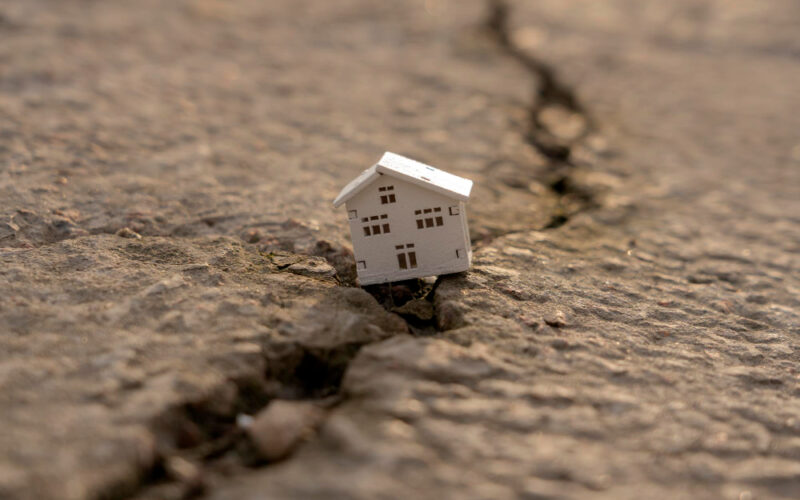Preparation
Even in areas or countries where there are minimal to almost no earthquakes occurring, it is always best to be prepared for one. Of course, this does not only mean earthquakes but also other natural disasters such as hurricanes, floods, fire, and more. The tools and materials they need are quite simple and similar. First of all, there should be a big enough bag that is carryable for the person. There is obviously water and non-perishable food, usually canned or dried food. A change of clothes for various reasons, a first-aid kit and other medical supplies, and any important documents, such as social security cards, birth certificates, and such (Engel, 2018).
Even if there is a shelter in case of an evacuation from home, they will often not offer any food or water. And since going outside to get food is dangerous after a large earthquake, the easiest way to acquire them is simply to have them ready and take them with you (Engel, 2018).
Proper Protection
Depending on where people are when an earthquake starts, different things happen. It is better to hide beneath a desk or table, crouch down, and cover your head with your hands if someone is at home. However, if nothing is accessible nearby, keep close to a wall and avoid unstable things like windows that can break at any time or shelves that might collapse and trample the person. Holding and stabilizing a large object is also crucial (Engel, 2018).
If you can, pull over if you’re on the road, but try to avoid power wires, overpasses, and lamp posts as much as you can. To hear the emergency instructions, keep the radio on or constantly check your phone. If on a street, maintain as much composure as you can, act swiftly and decisively, and flee to a safe location. Stay low to the earth and wait for the shaking to end (Engel, 2018).
Moreover, you can expect aftershocks, which are minor earthquakes that may contribute to landslides or tsunamis depending on the environment and location. Stay in a secure location until you are certain that everything has concluded, because stronger earthquakes can cause unexpectedly violent aftershocks (Engel, 2018).
Magnitudes
Out of all recorded earthquakes, the most intense one was the Great Chilean Earthquake that happened in Valdivia, a town located in southern Chile, and measured a magnitude of 9.5 at the epicenter, or the exact location where an earthquake first strikes the surface. With every 0.1 increase in magnitude, the power of the earthquake increases by approximately 26%. This means that the Great Chilean Earthquake, although it started there, was more than 1000 km away (Coontz, 2011).
There are millions of earthquakes that happen every year on earth, but most of them are so weak that people do not even realize that the ground is shaking, which can only be recorded by a tool called a seismograph. Earthquakes of 2.5 magnitude or less are very common, and only a few can feel them even while concentrating in silence. While 2.5 to 5.4 occur less often, they still happen a couple times a day around the globe, but they only cause minor damage. The power of 6.0 is where things start to get serious and has a high chance of dealing a decent amount of damage to weak and old buildings. And earthquakes of 7.0 to 8.0 only get created about ten times a year, and they are a serious threat and should not be taken lightly. And finally, a magnitude of 9.0 can easily destroy just about any building near its epicenter and only happens every year or two (Aguirre, 2016).
References
Aguirre, A.U. (2016). Earthquakes: How Frequent are They? [online] OpenMind. Available at: https://www.bbvaopenmind.com/en/science/environment/earthquakes-how-frequent-are-they/ [Accessed 27 May 2023].
Coontz, R. (2011). Comparing Earthquakes, Explained. [online] www.science.org. Available at: https://www.science.org/content/article/comparing-earthquakes-explained [Accessed 27 May 2023].
Engel, R. (2018). 5 must-do actions for surviving an earthquake. [online] Gov1. Available at: https://www.gov1.com/emergency-management/articles/5-must-do-actions-for-surviving-an-earthquake-6H4UdE5NJNQMPq6d/ [Accessed 27 May 2023].
